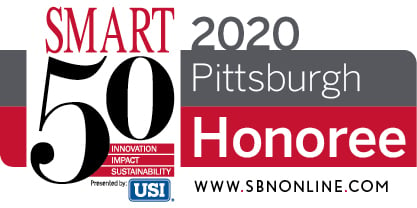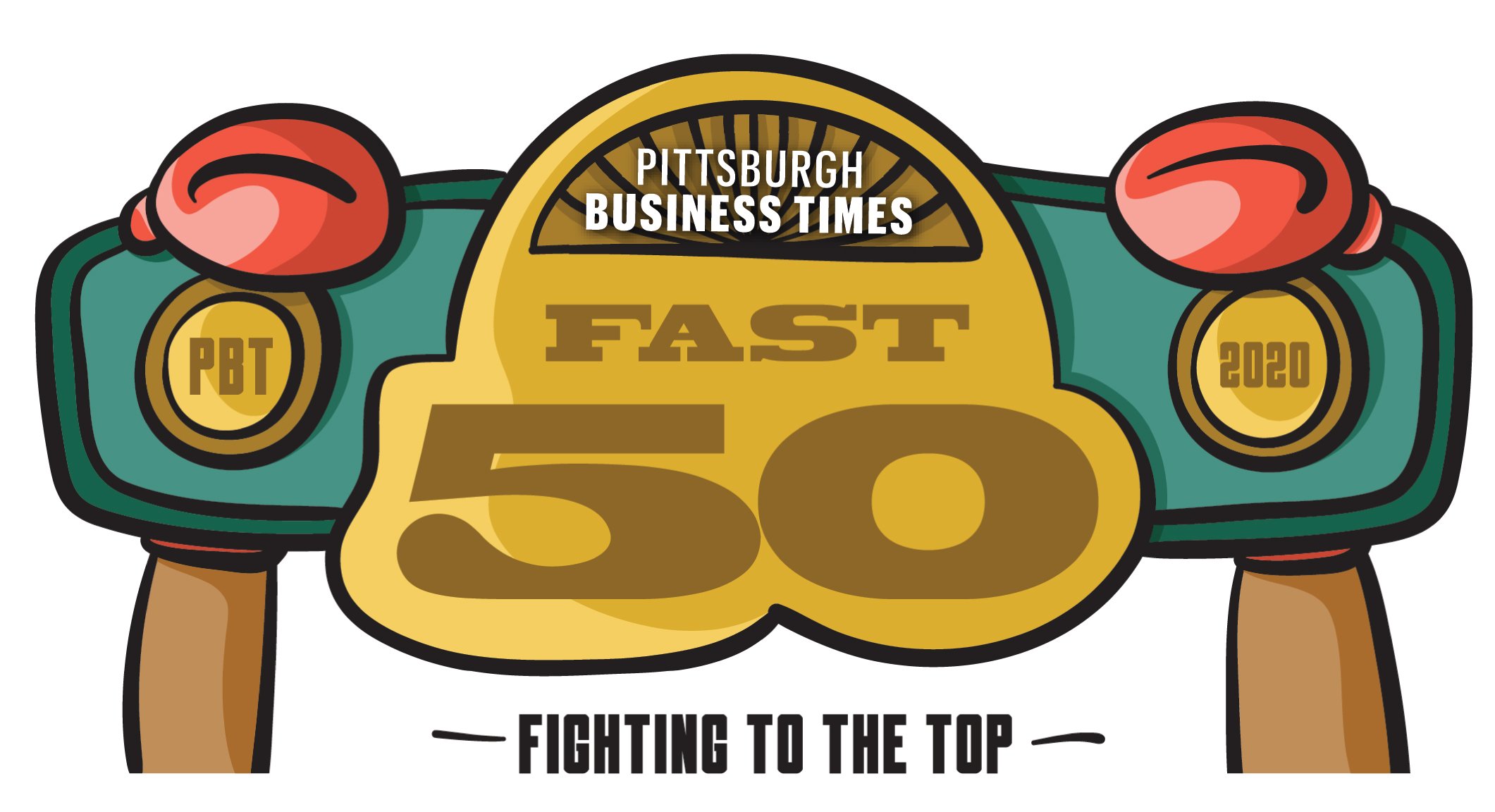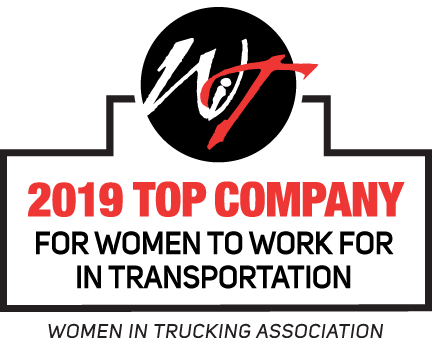 We are still very much in the midst of waiting to see how the powers that be are going to tackle the repair of our crumbling national infrastructure AND ensure that it is maintained in the long run. Will the Highway Trust Fund finally receive a dedicated stream of revenue that will be able to handle the backlog of transit projects lined up? I’ve already touched upon various ideas that have been floated to do just this, such as vehicle miles traveled programs and raising the fuel tax, but I wanted to spend a little more time on the one that appears to be most advocated at the federal administration level, but which also happens to be the most controversial and decried at the state level – P3s or public-private partnerships.
We are still very much in the midst of waiting to see how the powers that be are going to tackle the repair of our crumbling national infrastructure AND ensure that it is maintained in the long run. Will the Highway Trust Fund finally receive a dedicated stream of revenue that will be able to handle the backlog of transit projects lined up? I’ve already touched upon various ideas that have been floated to do just this, such as vehicle miles traveled programs and raising the fuel tax, but I wanted to spend a little more time on the one that appears to be most advocated at the federal administration level, but which also happens to be the most controversial and decried at the state level – P3s or public-private partnerships.
Several Congressional lawmakers have flat out refused to accept that P3s will be an acceptable solution for rural parts of the country. In early February, members of the Senate Committee on Environment and Public Works stated that there was not enough of a financial incentive, even with federal tax credits, for private investors to take on infrastructure projects in thinly populated areas. Simply put, there are not enough people living in our most rural states for there to be a reasonable revenue stream to pay for these projects, so funding via toll revenue is just not an option like it would be in a densely-populated city. Most would agree that hinging a major infrastructure bill solely on funding that will leave vast swaths of the country untouched is not a practical plan.
Concerns over the new infrastructure plan were voiced at the P3C Public-Private Partnership Conference & Expo at the end of February. These were mostly over the need for direct federal funding in addition to P3s, how that funding might be offset (where it would come from), and whether certain regulations might be cut that are obstacles to getting some projects off the ground. Those in attendance were mainly speculating on “what-ifs” since the plan has yet to be unveiled, but it is interesting to note that those most invested in P3s are expressing reservations of their own in regards to them being a viable solution.
Echoing the sentiments of the Senate Committee on Environment and Public Works, Senate Transportation Appropriations Subcommittee leaders expressed concern over the administration’s proposed plan to rely on private sector dollars for infrastructure projects by also saying that the use of P3s would leave rural America behind. Representatives of transportation groups are pushing for an increase of the fuel tax as a more robust option along with the Transportation Investment Generating Economic Recovery (TIGER) discretionary grant program. However, the new presidential budget has shown that $499 million has been cut from the TIGER grant program, despite the fact that it had previously funded numerous transportation projects.
Word is that the new infrastructure plan is actively moving along behind the scenes, but I know that those of us in the transportation industry are anxious to see how things will pan out and are trying to be optimistic that this issue won’t be pushed to the back burner for much longer. Thus far, it seems that no one can agree on any of the potential options discussed and the news that we are receiving revolves around potential solutions being removed from the table.





















